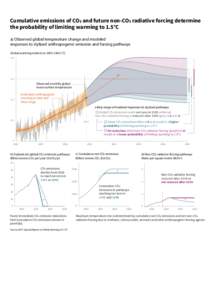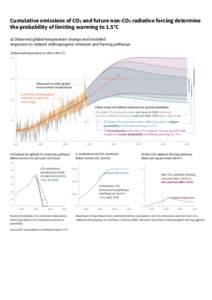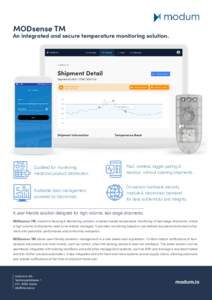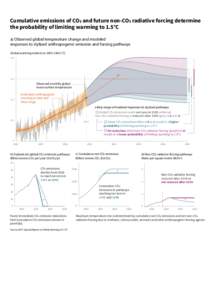<--- Back to Details
| First Page | Document Content | |
|---|---|---|
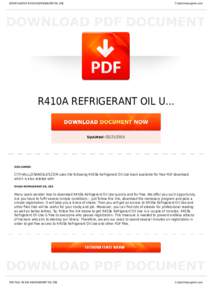 Date: 2015-03-05 01:55:01Heating ventilating and air conditioning Engineering Temperature Mechanical engineering Refrigerant R-410A Air conditioning Chiller Scroll compressor Vapor-compression refrigeration |
Add to Reading List |
 BOOKS ABOUT R410A REFRIGERANT OIL USE Cityhalllosangeles.com R410A REFRIGERANT OIL U...
BOOKS ABOUT R410A REFRIGERANT OIL USE Cityhalllosangeles.com R410A REFRIGERANT OIL U...